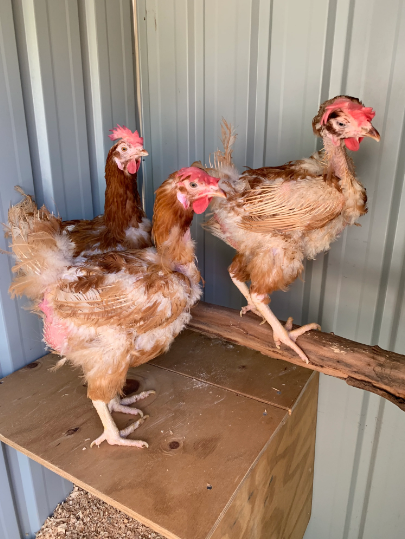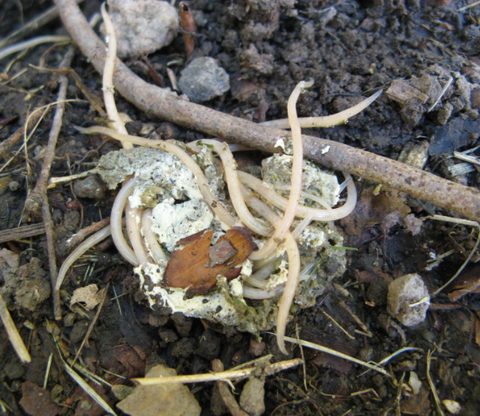🐔 What is Bumblefoot (and How Do You Treat It)?
If you’ve ever heard fellow chicken keepers whispering about “bumblefoot” and wondered if it’s some sort of chicken dance move, don’t panic—it’s actually a fairly common health issue in hens. The good news? With a little TLC, you can help your feathered friends bounce back in no time.
👣 What Is Bumblefoot?
The fancy name is ulcerative pododermatitis (try saying that three times fast), but most of us know it as bumblefoot. It happens when a small cut or scrape on your hen’s foot pad gets infected. Over time, this creates a hard abscess-like lump, known as the “bumble.”
🔎 Spotting the Signs
Here’s what to watch out for:
-
A shiny red dot, small black scab, or rough patch on the bottom of the foot
-
Swollen or hot foot pads (you can gently check with the back of your finger)
-
Limping or a hen that seems less eager to strut around the run
Catching it early makes all the difference!
🪨 How Do Hens Get Bumblefoot?
Most of the time, it’s just bad luck from daily adventures:
-
Landing on sharp stones or rough ground
-
Splinters or jagged edges on perches
-
Overgrown nails causing scratches that get infected
Free-rangers are especially prone, but any chicken can end up with it at some point.
🛡️ Preventing Bumblefoot
Prevention is way easier than treatment. Here’s how to reduce the risk:
-
Smooth down rough or splintered perches
-
Check and trim toenails if needed
-
Pick up your hens often and check their feet—soon you’ll know what “normal” looks like and spot problems fast
🧼 Treating Bumblefoot (Step by Step)
Don’t be alarmed—while it sounds scary, treating bumblefoot is doable at home if you catch it early.
-
Soak the Foot
-
Fill a sink or tub with warm water and a few spoonfuls of Epsom salts
-
Wrap your hen in a towel burrito-style 🫔 (to keep her calm and wings tucked in)
-
Soak the foot for 10 minutes to reduce inflammation and soften any scabs
-
-
Check the Scab
-
Early cases may just look red and inflamed (no scab yet)
-
Advanced cases often have a hard, dark scab
-
If comfortable, you can gently remove the scab after soaking—never force it!
-
-
Clean and Disinfect
-
Pat dry with a clean towel
-
Spray with a poultry-safe wound spray (like Nettex) OR use raw honey for its natural antibacterial powers 🍯
-
-
Wrap It Up
-
Cover the foot with gauze or vet wrap (snug but not too tight)
-
Keep it wrapped for a few days, checking daily
-
💡 If the infection looks deep, or you’re unsure, don’t hesitate to call a vet. Sometimes antibiotics or professional care are needed.
🌟 Final Cluck
Bumblefoot might sound intimidating, but with good coop maintenance, regular foot checks, and quick action, your hens can strut back to health in no time. Think of it as one of those “chicken keeper badges” you’ll earn—proof that you’re becoming a true backyard poultry pro. 🐓✨




